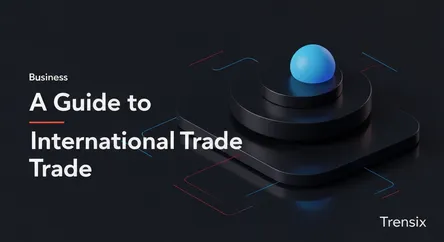Business
A Guide to International Trade

Discover the fundamentals of international trade, the exchange of goods and services across borders, and how it shapes global economies and prices.
What is it?
International trade is the exchange of capital, goods, and services across international borders. It consists of imports (goods brought into a country) and exports (goods sent out of a country). This allows nations to expand their markets and access products that might be unavailable or more expensive domestically. By specializing in producing certain goods efficiently, countries can trade to obtain a wider variety of products at lower costs, a principle known as comparative advantage. It is a fundamental driver of the global economy, connecting producers and consumers worldwide.
Why is it trending?
While a constant, the dynamics of international trade are always evolving. It is currently trending due to significant shifts in global supply chains caused by geopolitical tensions and post-pandemic adjustments. Discussions around new trade agreements, friend-shoring (trading with allied nations), and the impact of tariffs are prominent. The rapid growth of digital trade and cross-border e-commerce has also introduced new opportunities and regulatory challenges. These factors keep international trade at the forefront of economic and political news, as nations navigate a changing global landscape.
How does it affect people?
International trade directly impacts daily life by influencing the price, variety, and availability of consumer goods—from electronics to food. It creates jobs in export-driven industries but can also displace workers in sectors competing with cheaper imports. Government trade policies, such as tariffs or trade agreements, can alter the cost of imported products, directly affecting household budgets and the cost of living. Essentially, the complex web of global trade shapes local economic opportunities and determines what products are available on store shelves.